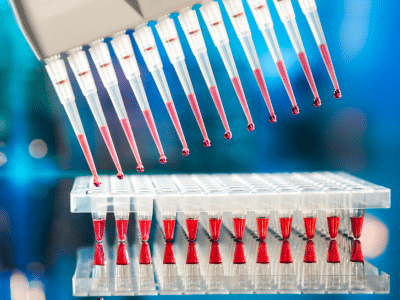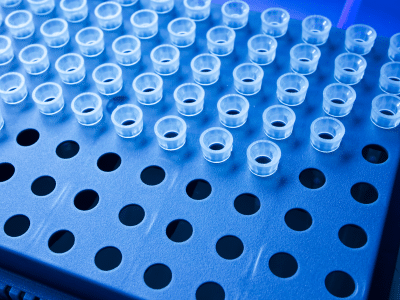The CBEU (Cyto-Bacteriological Examination of Urine) is the most prescribed examination in community (city laboratory). Nearly nine million CBEUs are carried out per year in France (Source DCIR 2015). This examination makes it possible to diagnose the lower urinary tract infection (cystitis: the infection is localized in the bladder), or upper infection prognosis (pyelonephritis: the infection has spread to the kidneys). Urinary tract infection is the most common infection after respiratory infection.
The CBEU makes it possible to confirm the possible infection risk and to identify the bacteria responsible for the infection to initiate effective and targeted antibiotic therapy.
Interpreting CBEU: a tricky challenge
Although it is easy to perform in the laboratory, CBEU is sometimes difficult to interpret.
This is because the urinary tract infection severity depends on the person age and gender. In addition, the health state patient will complicate the results interpretation complexity: indeed taking antibiotics before the expression of urine will have a clear impact on CBEU, immunosuppression (related to HIV for example), as diabetes also influences this interpretation.
The complete patient identification at the time of collection will therefore be particularly important for an accurate interpretation of the examination.
Following good collection practices for CBEU: essential for reliable diagnosis
The most delicate collection phase and the diagnostic phase takes place outside the biologist’s control. Indeed, before taking his urine from a sterile jar, the patient must thoroughly wash his hands, make a careful intimate toilet, eliminate the first draft in the toilet, and finally fill the bottle.
Macroscopic, microscopic and microbiological urine examinations for reliable diagnosis
Macroscopic examination (to the human eye) checking consists
The urine appearance i.e., clarity (urine without suspended elements), turbidity (leukocytes presence: leukocytes), presence of blood (hematuria).
- The possible filaments presence in the urine
- The urine color: pale yellow, golden yellow, brown and even purple sometimes.
NB: The urine smell is no longer of interest in the examination today since laboratory technicians work under hoods.
Microscopic examination consists of checking
- The leukocytes enumeration (white blood cells), and red blood cells (red blood cells) per urine mm3.
- The search for epithelial or renal cells, cylinders, crystals, bacteria, spermatozoa…
- But also, parasites such as Trichomonas
(For your information)
Microbiological examination makes it possible to:
Search, identify and count germs in urine after culture. Cultivation is often carried out via sowers such as WASP or PREV ISOLA. If a germ is identified, an antibiogram can be performed to guide the doctor in his antibiotic prescription.
The CBEU is really an examination in which the patient’s compliance with the collection rules is essential. Remember to inform your patients, using posters, films and bottles with explanatory leaflet adapted to all situations (people with hearing loss, or little and non-verbal).
If you want to have the consumables, equipment, and services that will simplify your life in the lab for the urine tests treatment, simply complete the form below.




